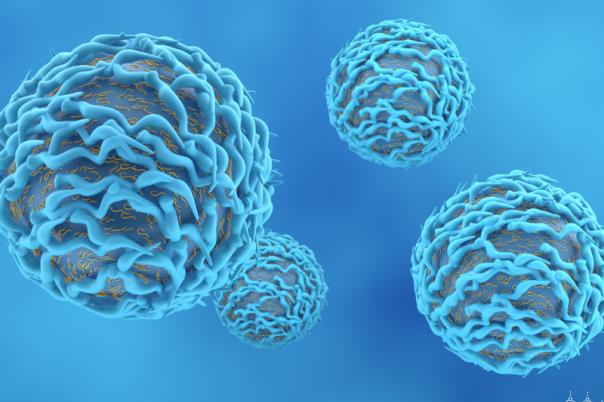Cancer biology is notoriously complex, with thousands of targets and many different cell types all underscoring a vast intra and inter-tumoral heterogeneity. Even when samples of tumours occur in the same organ, genetic changes differ across different individuals. All this heterogeneity can limit the effectiveness of cancer drugs, with typical response rate ranging from 20 to 60%. This has led drug developers to opt instead for a precision approach.
Rather than a one-size-fits-all approach basing cancer therapy on tumour histology or anatomical site, precision medicine considers patients with similar molecular features and develops medicines for that group. To do this, patient stratification based on precise and accurate biomarkers is vital.
In this talk, Harpreet Saini, Senior Director at Astex Pharmaceuticals, outlined the use of novel multiomics technologies for developing predictive biomarkers for patient stratification and understanding drug mechanisms. Saini outlined the variety of omics tools available for biomarker development at each stage of biology’s central dogma: genomics for DNA, transcriptomics for RNA, and proteomics for proteins.
Along with the tools that track the central dogma, Saini also mentioned new technologies. For example, epigenomics can look for modifications of DNA methylation and histone modifications and other multiomics tools can look metabolites like sugars. However, high throughput omics approaches come with the own challenge of massive datasets which need to be effectively managed, integrated, and analysed computationally.
Saini then showcased three success stories of precision medicine drugs developed by Aztex. Tolinapant, an IAP antagonist, showed significant phase I and II clinical activity in peripheral T cell lymphoma and cutaneous T cell lymphoma, both rare non-Hodgkin lymphomas with limited treatment options.
To understand the mechanisms of Tolinapant, the Aztex team established an in vivo syngeneic mouse model, characterised using various omics technologies. They also collected clinical multiomics data from patient biopsies and plasma samples, including genomics, transcriptomics, and proteomics.
The findings revealed that Tolinapant has an immunomodulatory role. In the in vivo study, treatment with Tolinapant led to complete tumor regression and increased immune infiltration, particularly CD8+ T cells and lymphocytes. This preclinical hypothesis was confirmed in clinical samples, where an increase in CD8+ T cells was observed regardless of individual response. Additionally, plasma proteins involved in T cell differentiation and recruitment were found to be increased.
These insights helped understand the mechanism of Tolinapant and suggested potential for expanding its trial or identifying additional indications.





